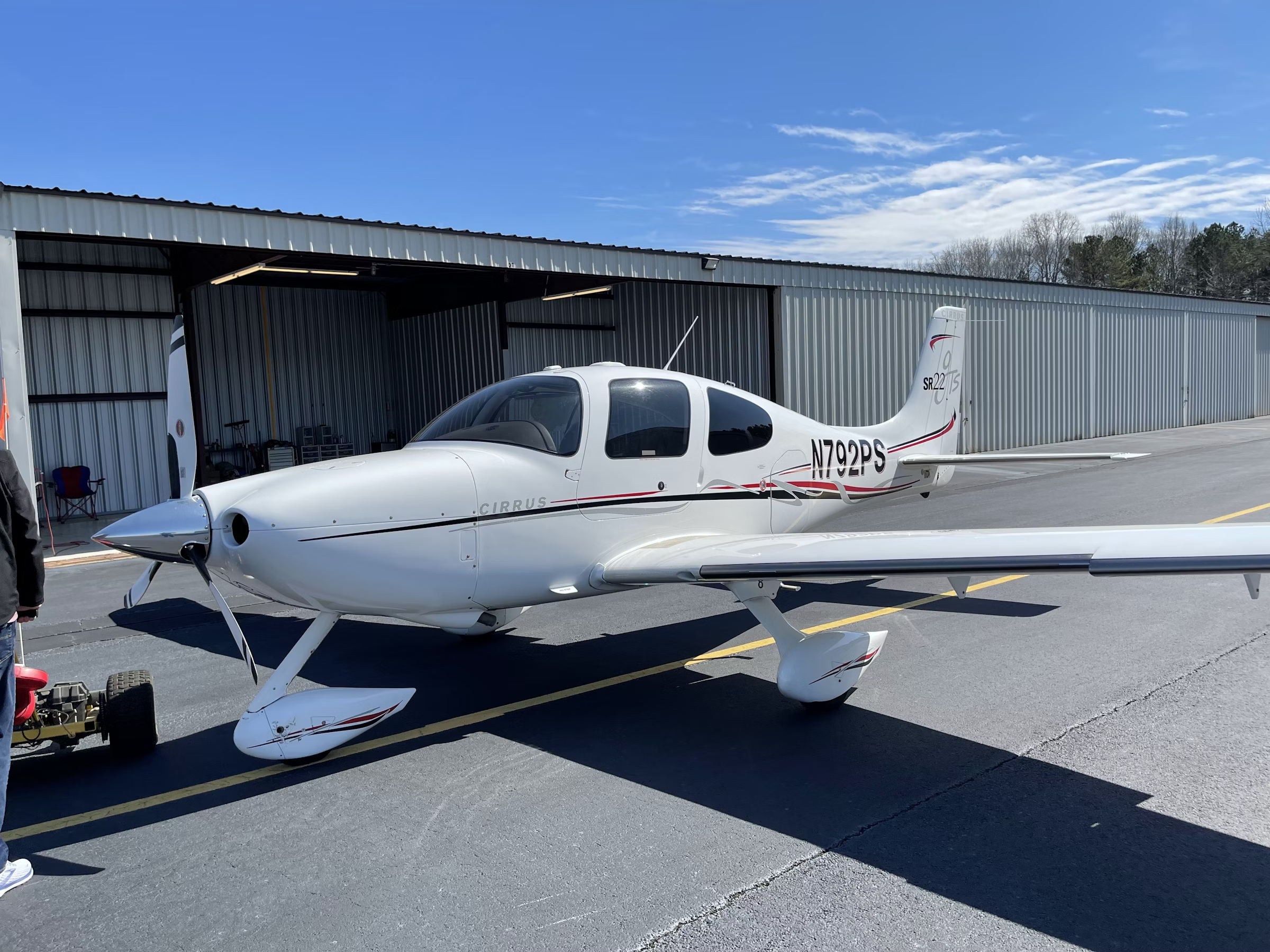Acquiring the Right Airplane Does Not Preclude Dreaming
Aircraft are not lifelong companions so pilots can play the field.

Many piston pilots dream about upgrading to turboprops like the TBM. [Credit: Shutterstock]
I am not one to covet my neighbor’s aircraft, even the really cool ones. After all, I am in a happy relationship with Annie, our Commander 114B, and I expect it to last a long time. Lately, though, I have admitted to having a thing for Daher’s series of TBM turboprop singles.
I trace this interest to a fly-in about 10 years ago that included a display of new aircraft, the highlight of which was a TBM. The airplane’s doors were open, but the interior was roped off. That did not matter as I could easily imagine how plush and comfortable that cabin was. The smell of leather and new carpeting wafted. This was my first meeting with a brand-new airplane and it made an impression.
Since then, I have crossed paths with TBMs with increasing frequency. There is one that I see regularly at Essex County Airport (KCDW) in Fairfield, New Jersey, near my home. Last spring my wife and I encountered one on the ramp at Montauk Airport (KMTP) in New York. A couple of weeks later, we parked next to another in Hancock County-Bar Harbor Airport (KBHB) in Maine.
We have seen these airplanes so often that my nonaviation-obsessed wife and sons recognize them and have begun gathering performance data. They know the TBM cruises at about double Annie’s speed, meaning it could get to Bar Harbor in just over an hour from our home base at Sussex Airport (KFWN) in New Jersey. That blistering pace makes Annie seem a bit slow. Family members are also aware that the TBM can fly above 20,000 feet without supplemental oxygen because it is pressurized. They could also stretch out more comfortably in its six-seat cabin.
In a way my family’s attraction to the TBM is more practical than mine. They see an opportunity to save time reaching destinations. I just love the way the airplane looks. To me, it is the epitome of form following function. My practical considerations, though, which include the family budget, mean this aircraft is unlikely to move beyond the fantasy phase. Still, there is nothing wrong with dreaming. Indeed, this airplane helped convince me to begin instrument training because it really is an IFR machine and, well, you never know what direction life might take. Best to be prepared.
Back to reality. Annie is still ideal for my family’s needs, which include traveling to a lot of small, out-of-the way airports with short runways. Most of our trips are flown at relatively low altitudes and cover less than 500 nm, so Annie flies high enough and fast enough for us. She also looks great, in my opinion, and always holds her own on the ramp.
Like most pilots, I am always looking at interesting aircraft that are on the market or under development whether I want something new or not. In my case, I am still getting to know Annie and truly enjoying the process, so there is no real motivation to trade up. But I have not lost my ambition, and the appeal of eventually flying something with more complexity and performance is real. It makes sense to keep a few candidates in mind.

Sign-up for newsletters & special offers!
Get the latest FLYING stories & special offers delivered directly to your inbox






